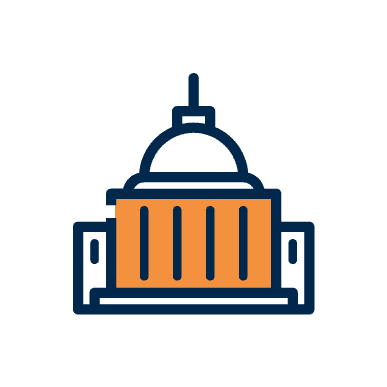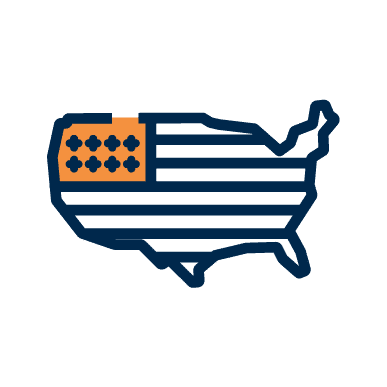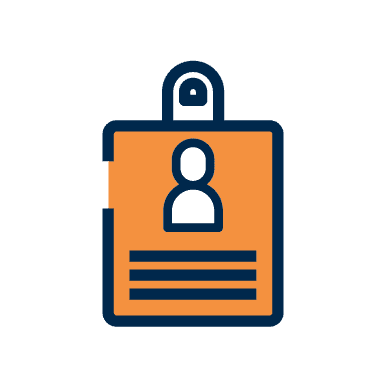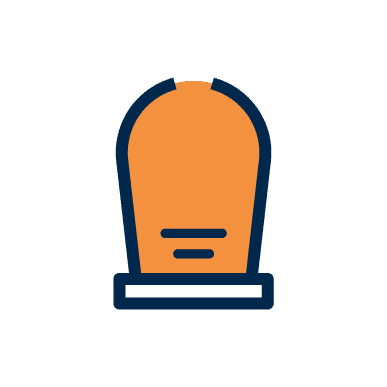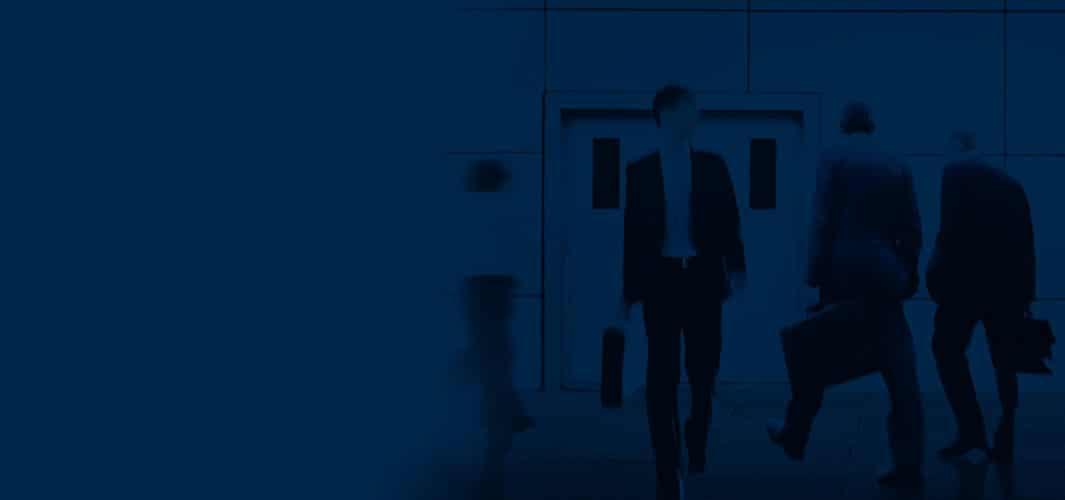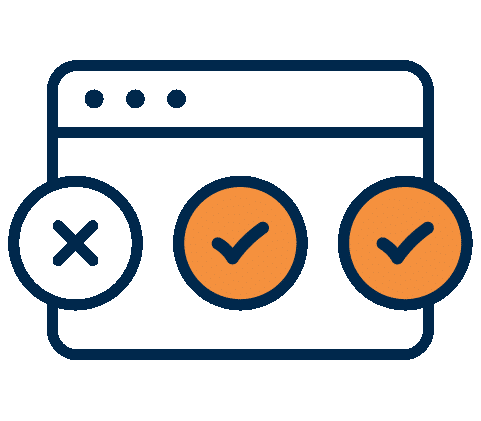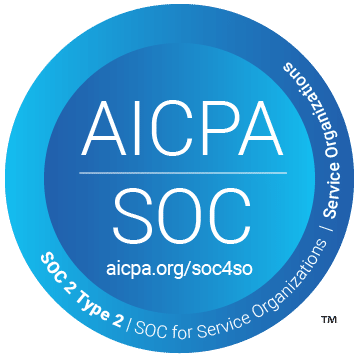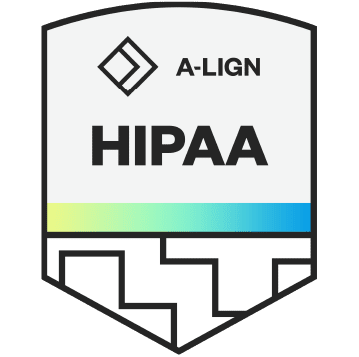OMIG Exclusion: What It Is and How to Check New York’s Medicaid Exclusion List
Healthcare compliance officers in New York face strict obligations when it comes to screening for excluded providers. One critical task is checking the OMIG exclusion list – the roster of individuals and entities barred from New York’s Medicaid program. In this comprehensive guide, we’ll explain what the Office of the Medicaid Inspector General (OMIG) is, what an OMIG exclusion means, how it differs from federal OIG exclusions, and provide a step-by-step guide to checking the OMIG exclusion list. We’ll also share practical tips to help your organization stay compliant and avoid the severe consequences of hiring or contracting with an excluded party.
What is OMIG and Its Role in Medicaid Program Integrity?
The New York State Office of the Medicaid Inspector General (OMIG) is the state agency responsible for protecting the integrity of the Medicaid program in New York. Its mission is to prevent, detect, and investigate Medicaid fraud, waste, and abuse, and to recover improperly spent Medicaid funds, all while promoting high-quality patient care. In carrying out this mission, OMIG works closely with other oversight bodies and has authority to pursue civil and administrative enforcement actions against providers who engage in unethical or illegal practices.
What Does “OMIG Exclusion” Mean?
An OMIG exclusion refers to an administrative action by New York’s OMIG that bans a person or organization from participating in the state Medicaid program. Providers may be excluded for various forms of misconduct, fraud, or “unacceptable practices” that render them untrustworthy to bill Medicaid.
Excluded individuals or entities cannot be involved in any activity related to furnishing services or supplies to Medicaid patients, or in billing or receiving Medicaid payments, during the exclusion period.
For healthcare organizations, the implications of OMIG exclusions are serious. Employing or contracting with someone on the OMIG exclusion list can lead to denied claims and financial penalties. Any Medicaid claims connected to an excluded person will not be paid, and if payments were made, the provider may be required to repay those funds. OMIG also has authority to impose fines for hiring or contracting with an excluded individual or entity, even unintentionally.
OMIG Exclusion vs. Federal OIG Exclusion: What’s the Difference?
It’s important to distinguish state OMIG exclusions from federal OIG exclusions. The federal Office of Inspector General (OIG) maintains the List of Excluded Individuals/Entities (LEIE) that applies to all federally funded healthcare programs. New York’s OMIG exclusion list, by contrast, is specific to participation in New York State’s Medicaid program.
Key differences include:
- Separate Lists: Being excluded by OMIG bars you from NY Medicaid, while a federal OIG exclusion bars you from all federal healthcare programs. These are separate lists, and exclusion from one does not automatically imply exclusion from the other.
- Different Criteria: OMIG can exclude a provider for state-level unacceptable practices, even before a criminal conviction. The federal OIG generally requires a conviction.
- No Automatic Reinstatement: If a provider is reinstated by the federal OIG, they must still apply for reinstatement from OMIG separately.
How to Check the OMIG Exclusion List (Step-by-Step)
Conducting an OMIG exclusion search is straightforward and can be done online. Follow these steps:
- Access the OMIG Exclusion Search Portal: Visit the OMIG Exclusion Search page to access the official database of excluded providers.
- Enter the Individual or Entity Name: Search up to five names at a time. For individuals, enter the last name followed by the first name. For businesses, enter the first two words of the name.
- Review the Search Results: Check results carefully. Compare names, locations, and other identifying details to confirm matches. If needed, contact OMIG for clarification.
- Download the Exclusion List: You can also download the full exclusion list or the list of exclusions from the past 30 days directly from OMIG’s site for bulk checking.
- Document Your Search: Save a copy or take a screenshot of each search result for your records. This helps demonstrate due diligence in case of an audit.
Practical Tips for Staying Compliant with OMIG Exclusion Screening
- Screen Regularly (At Least Monthly): OMIG recommends monthly exclusion checks for all staff, contractors, and vendors involved with Medicaid-reimbursable services.
- Integrate Checks into Hiring and Credentialing: Always perform OMIG checks before hiring or contracting anyone.
- Keep Good Records: Document each check with names searched, dates, and outcomes.
- Establish a Written Policy: A clear internal policy ensures consistent and accountable screening procedures.
- Act Quickly on Matches: If a name is flagged, verify the match and take immediate action. Remove the individual from any Medicaid-related duties and consult legal counsel as needed.
- Stay Informed: Monitor updates from OMIG and incorporate any regulatory changes into your compliance program.
- Automate When Possible: Consider using automated exclusion monitoring tools like Streamline Verify to ensure ongoing compliance and reduce the risk of human error.
Conclusion
Maintaining compliance with OMIG exclusion screening is essential for New York healthcare providers. By routinely checking the OMIG exclusion list and following best practices, you can avoid billing issues, penalties, and reputational harm.
Need help automating your OMIG exclusion checks? Contact Streamline Verify to learn how our screening solutions can simplify compliance and protect your organization.



